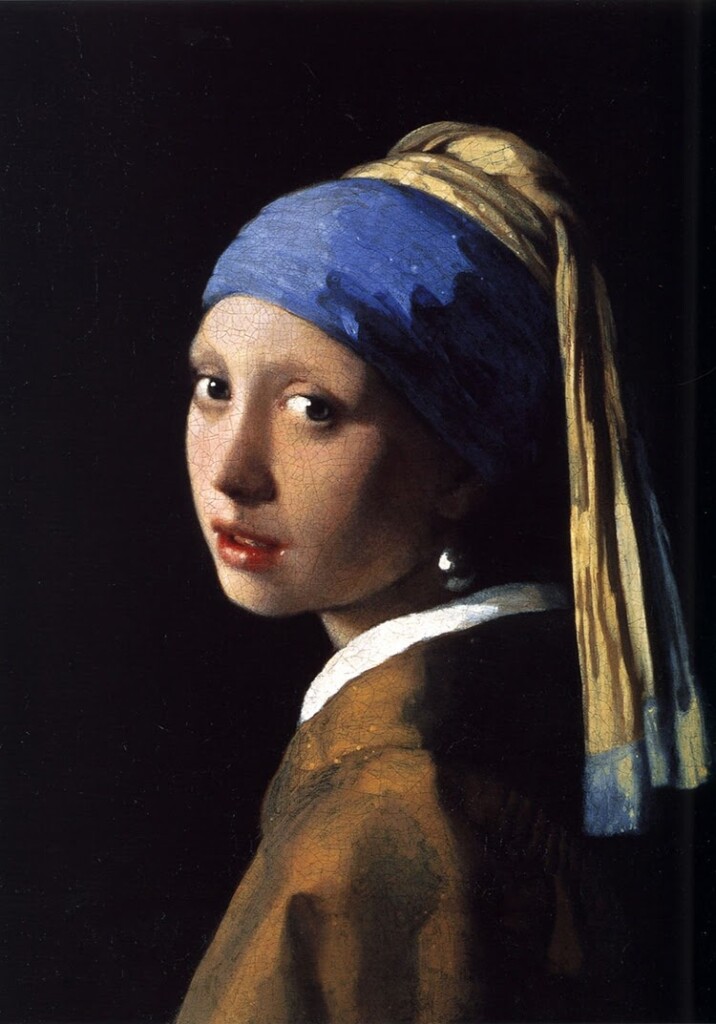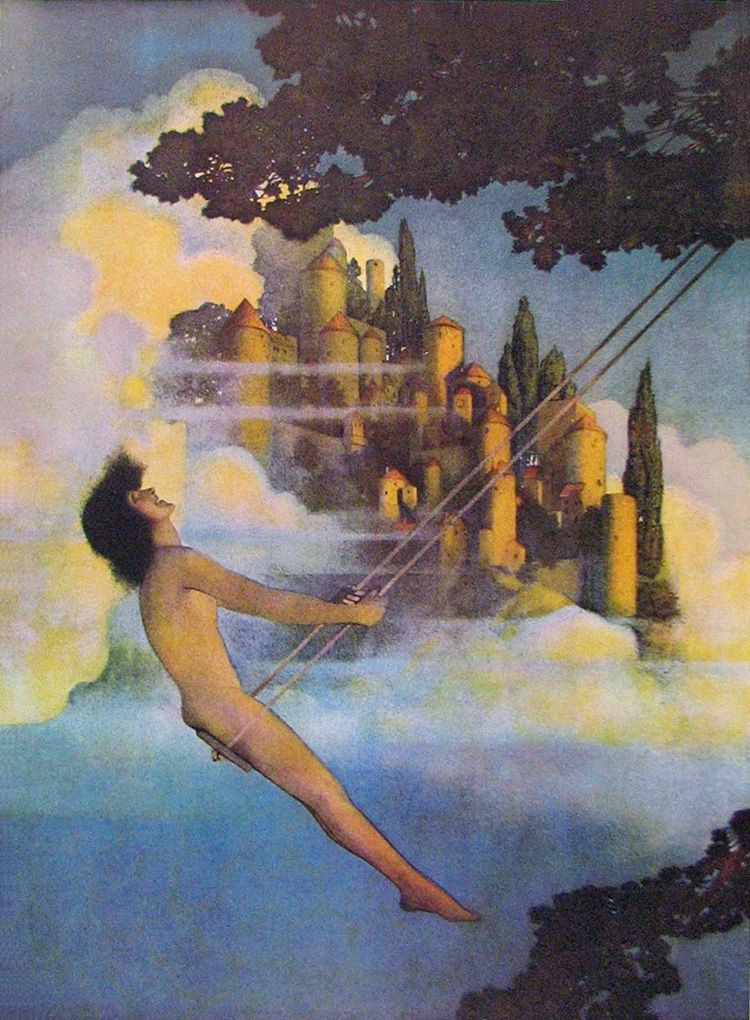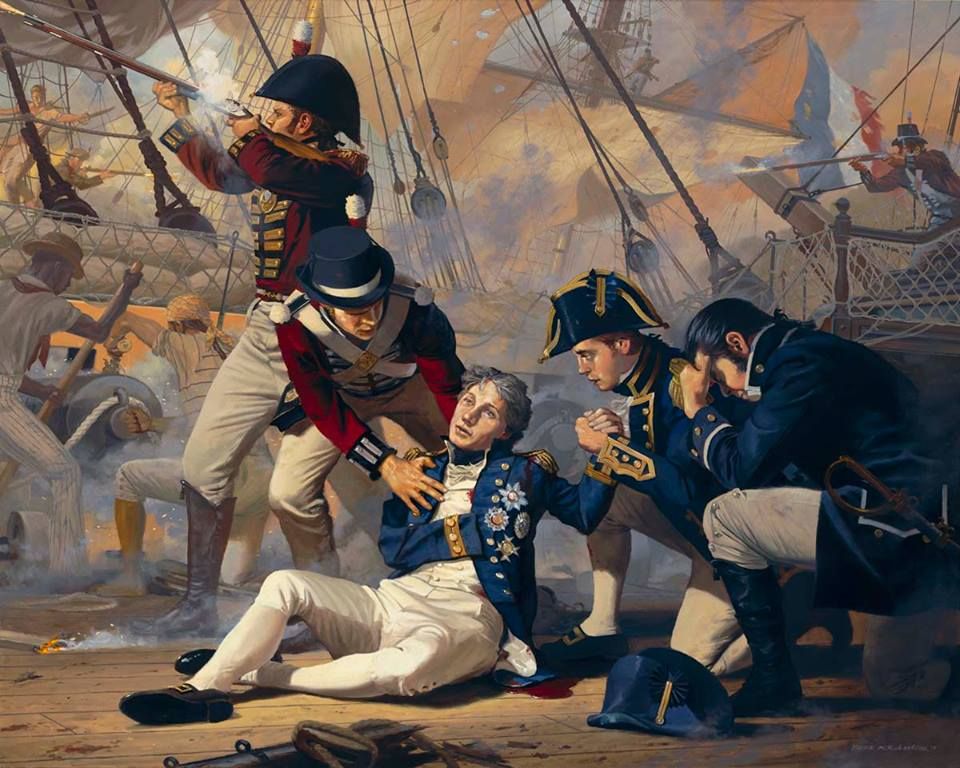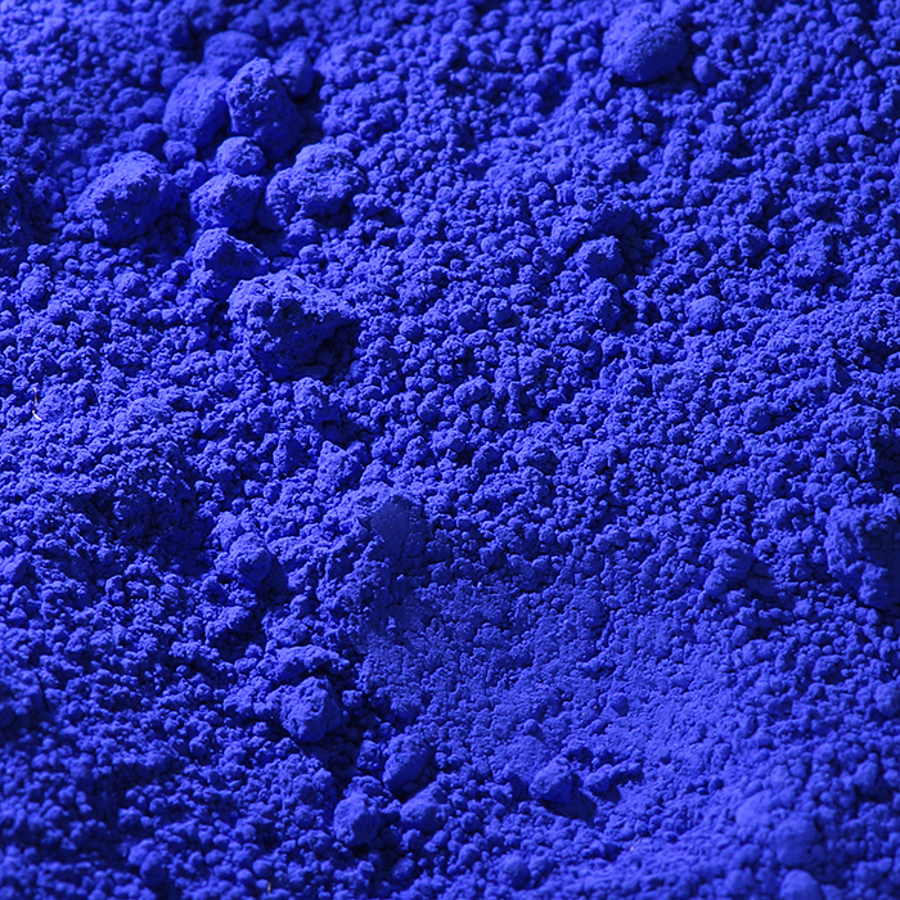
Blue has historically been associated with many different connotations. The ancient world believed blue had mystical powers, but centuries later the color was associated with royalty, before blue dye was used in navy uniforms, hospitals and factories. Also, the use of blue in art is so ruling.
Psychologists believe that blue is hardwired into the human psyche and contributed to our evolution as hunter-gatherers, who once survived in the wild among blue skies and waters. Despite research suggesting that blue boosts productivity and feelings of calm, designers often choose to decorate offices with the colour, believing it has calming effects.
In the history of art, artists of all media have employed the multitude of shades of blue to express their ideas and feelings. The “blue period” that Pablo Picasso experienced was a time during which all his paintings were created in shades of blue and blue-green to create a subdued, melancholy atmosphere.

History of Blue in Art
Humans first made the color blue around 2200 BCE in Ancient Egypt. The Egyptians wanted a permanent pigment that could be applied to a variety of surfaces, from statues to buildings to dishes.
In over 4,000 years, blue has evolved from its Egyptian origins, becoming a favorite color for artists, interior designers, and others due to its calming and wistful associations.
Even today, blue pigments are being discovered. YlnMn (also known as Oregon Blue or Mas Blue) is the newest blue pigment discovery. It has been in the market for fewer than 15 years. A professor and a graduate student discovered the new pigment by accident at Oregon State University in 2009.
In art, blue is clearly an important color, and there are still many possibilities for the color.
Blue Color Meaning
Due to a scarcity of lapis lazuli, the earliest adopters looked to chemistry as a way to create blue. Historically, it was associated with royalty and divinity since it was a scarce and expensive mineral up until the dawn of the Industrial Age. This is one reason why it remains widespread among people today. Based on a culture’s beliefs, blue can have a variety of meanings and symbolize different ideals.
Generally, the color blue is considered beneficial to the mind and body. There is evidence to suggest that it slows human metabolism, producing a calming effect. While light blue is associated with health, healing, and tranquility, dark blue represents a more powerful, serious, and sometimes melancholic nature.

Blue Pigments Used in Art
Since ancient Egyptians discovered blue pigments, chemists and scientists around the world have continued to produce different shades of the color. Following is a brief overview of the rich history of each shade, as well as how artists utilize their expression.
Egyptian Blue in Art
The ancient Egyptians invented many things, including the color blue. Egyptian blue (also known as cuprorivaite) is considered to be the first ever synthetic color pigment. It was made by mixing limestone with sand, along with a copper mineral, typically azurite or malachite, and then heating between 1470 and 1650 degrees Fahrenheit. The result was an opaque blue glass that was crushed and combined with thickening agents such as egg whites to create a durable paint or glaze.
The Egyptians held this hue in high esteem, using it to decorate ceramics, statues, and even tombs of pharaohs. This color remained popular for many centuries throughout the Roman Empire, until new methods of color production emerged toward the end of the Greco-Roman period (332 BC-395 AD).

Fun fact: Scientists discovered that Egyptian blue glows under fluorescent lights in 2006, indicating that the pigment emits infrared radiation. The discovery has made it much easier for historians to identify colors on ancient artifacts, even when they are not visible to the naked eye.
Ultramarine in Art
Ultramarine entered history around 6,000 years ago when the Egyptians imported the semiprecious gemstone that it was derived from the mountains of Afghanistan: lapis lazuli. However, Egyptians failed to turn it into paint with every attempt, with each effort resulting in dull gray. They used it instead to make jewelry and headdresses.

In the sixth century, lapis lazuli first appeared as a pigment and appeared in Buddhist paintings at Bamiyan in Afghanistan. The pigment was renamed ultramarine – in Latin: ultramarinus, meaning “beyond the sea” – when it was imported into Europe by Italian traders in the 14th and 15th centuries. Because of its deep, royal blue quality, it was highly sought after by artists in Medieval Europe. To use it, however, you had to be wealthy, as it was considered just as valuable as gold.

The ultramarine color was usually reserved for artistic commissions of the highest quality, such as the blue robes of the Virgin Mary in Gérard David’s Virgin and Child with Female Saints. Johann Vermeer, who painted Girl with a Pearl Earring, might have loved red so much that he took his family into debt over it. In 1826, a French chemist discovered a synthetic ultramarine, which he aptly named “French Ultramarine.”
Fun fact: According to art historians, Michelangelo left the unfinished painting The Entombment (1500-1) because he couldn’t afford to buy ultramarine blue anymore.
Cobalt Blue in Art
Cobalt blue dates back to the 8th and 9th centuries, when it was used as a color for ceramics and jewelry. Especially in China, it was used in distinctive blue and white patterned porcelain. Later, a purer version based on alumina was discovered by French chemist Louis Jacques Thénard in 1802, and commercial production began in France in 1807. Painters like J. M. W. Turner, Pierre-Auguste Renoir, and Vincent Van Gogh began using the new pigment as a substitute for ultramarine pigment.

Fun fact: Cobalt blue is sometimes referred to as Parrish blue because Maxfield Parrish used it to paint intensely blue skyscapes.
Cerulean in Art
Originally composed of cobalt magnesium stannate, cerulean blue was developed by Andreas Höpfner in Germany in 1805 by roasting cobalt and tin oxides. As an artistic pigment, the color did not become available until 1860 when Rowney and Company introduced it as coeruleum. The blue coat of the woman in A Summer’s Day, 1887, was painted with cerulean, ultramarine, and cobalt blue by Berthe Morisot.

Fun fact: In 1999, Pantone announced cerulean as the “Color of the Millennium” and “the hue of the future.”
Indigo Blue in Art
Although blue was expensive to paint with, it was much cheaper to dye textiles with. While lapis lazuli is a rare stone, a new blue dye called “indigo” came from an abundant crop called Indigofera tinctoria that was cultivated all over the world. Its import shook up the European textile trade in the 16th century, and sparked trade wars between Europe and America.

In England, indigo was most commonly used to dye textiles, and it was worn by men and women of all backgrounds. Synthetic indigo replaced natural indigo in 1880. It is still used to dye blue jeans today. Recently, scientists have discovered that Escherichia coli can be bioengineered to produce the same chemical reaction that produces indigo in plants. Bio-indigo is likely to play a large role in the manufacture of environmentally friendly denim in the future.
Fun fact: Newton, who invented the color spectrum, believed that the rainbow should consist of seven distinct colors to represent the seven days of the week, the seven known planets, and the seven notes of the musical scale. Even though other contemporary scientists believed the rainbow had only five colors, Newton championed indigo and orange.
Navy Blue in Art
Navy blue, also known as marine blue, was the official color of the British Royal Navy uniforms beginning in 1748, when officers and sailors began wearing the darkest shade of blue. Navy uniforms today are darkened almost to a black color in order to avoid fading. Indigo dye was the basis for historical navy blue colors dating from the 18th century.

Fun fact: There are many variations of navy blue, including Space Cadet, a color formulated in 2007. This hue is associated with the uniforms of cadets in the space navy, a fictional military service with the mission of exploring outer space.
Prussian Blue in Art
Prussian blue, or Berliner Blau, was discovered accidentally by German dye-maker Johann Jacob Diesbach. Diesbach was working on developing a new red, however, one of his materials—potash—had come into contact with animal blood. Instead of making the pigment even more red, the animal blood caused a strange chemical reaction, resulting in a vibrant blue color.

Picasso used Prussian blue exclusively during his Blue Period, and Katsushika Hokusai created his iconic The Great Wave off Kanagawa, as well as other prints in his Thirty-six Views of Mount Fuji series, with the pigment. However, pigment wasn’t only used to paint masterpieces. Sir John Herschel, an English astronomer, discovered in 1842 that Prussian blue exhibited high light sensitivity, thus making it ideal for creating copies of images. It provided great benefit to people like architects who could now create copies of their plans and designs, which are commonly known today as “blueprints.”
Fun fact: Today, Prussian blue is used in a pill form to cure metal poisoning.
International Klein Blue in Art
In pursuit of the color of the sky, French artist Yves Klein developed a matte version of ultramarine that he considered the best blue of all. Between 1947 and 1957, he registered International Klein Blue (IKB) as a trademark and the deep hue became his signature. He painted over 200 monochrome canvases, sculptures, and even painted human models in the IKB color so they could “print” their bodies onto canvas.

Fun fact: Klein once said “blue has no dimensions. It is beyond dimensions,” believing it would let the viewer see beyond the canvas.
The Latest Discovery: YInMn
Professor Mas Subramanian and his then graduate student Andrew E. Smith found a new shade of blue accidentally at Oregon State University in 2009. In the process of exploring new materials for making electronics, Smith discovered that heated samples turned bright blue. A pigment named YInMn blue, after its chemical composition of yttrium, indium, and manganese, was released to the market in June 2016.

Fun fact: Crayola recently added YINMN blue to their crayon collection.
Final Thoughts
Blue is the color of the sky and its reflection on water surfaces. Thus, this color is often used to represent an expansiveness, similar to that of skies and oceans. Blue is also considered to have formal undertones. The color blue is considered a masculine color, but it is also associated with a soft, soothing, and compassionate vibe, representing the character with wisdom and steadiness. Blue is also often associated with feelings of melancholy.
Also, if you like blue color you can read my other articles about this beautiful color in this page.
Hope you enjoy!








